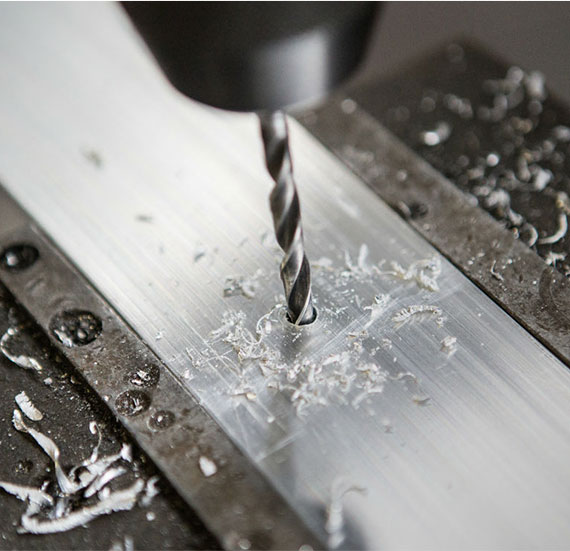Eutectic reaction: Because aluminum alloy contains other metal elements, the eutectic reaction may take place when the temperature rises. This results in an increase in the brittleness of aluminum alloy, which makes it more likely to burst.
Internal defects: If the aluminum alloy casing already has internal defects before processing, such as inclusions, pores, or cracks, stress can accumulate near these defects during processing, causing the cracks to spread and eventually burst. This can happen if the aluminum alloy casing has internal defects before processing.
An excessive amount of pressure: An excessive amount of processing pressure or speed can cause the housing made of aluminum alloy to deform or lose its structural integrity, which can lead to bursting.
Control of the processing temperature not being done correctly: If the processing temperature is too high or uneven, this will result in an abnormal organizational structure of the aluminum alloy shell, which will increase the risk of bursting.
What are the steps involved in the cleansing process?
The term "purification process" refers to the process of improving the purity and quality of aluminum alloy by removing impurities and impure substances from the aluminum alloy. This is accomplished through a series of methods and procedures. The following are some common processes for purification:
Smelting purification entails the use of gas inlet, gas purging, or vacuum melting techniques during the smelting process of aluminum alloy. These techniques are utilized in order to remove the gases, oxides, and impurities that are generated during the smelting process.
The term "gas treatment" refers to the process of removing gases, impurities, and oxides from an aluminum alloy through the use of gas intake or vacuum, hydrogen reduction, gas purging, and other techniques.
The treatment of filter slag involves filtering solid impurities and non-metallic substances in the melt using filter slag, ceramic filter screens, and other pieces of equipment. This is done in order to lessen the effect that foreign particles have on the performance of aluminum alloy.
In the process of melting an aluminum alloy or casting an object made from it, the deaeration treatment refers to the use of a deaerator or other methods to remove oxygen from the melt in order to stop oxidation reactions and the formation of pores.
The oil, dust, and pollutants that are on the surface of the aluminum alloy are removed by a cleaning treatment. This treatment can involve soaking, spraying, or mechanical scrubbing.
Heat treatment is the process of adjusting the organizational structure and performance of aluminum alloy materials while simultaneously removing hydrogen and other potentially harmful impurities that may be produced during the process of heat treatment. This is accomplished by controlling the heating and cooling processes of the aluminum alloy materials.
To ensure that the end product has the required high purity and good mechanical properties, the selection and operation of these purification processes will vary depending on the specific aluminum alloy material and processing requirements. This is done to ensure that the final product is of high quality.
The CNC workpiece is sent to a variety of different metal shells in addition to the shell made of aluminum alloy.


